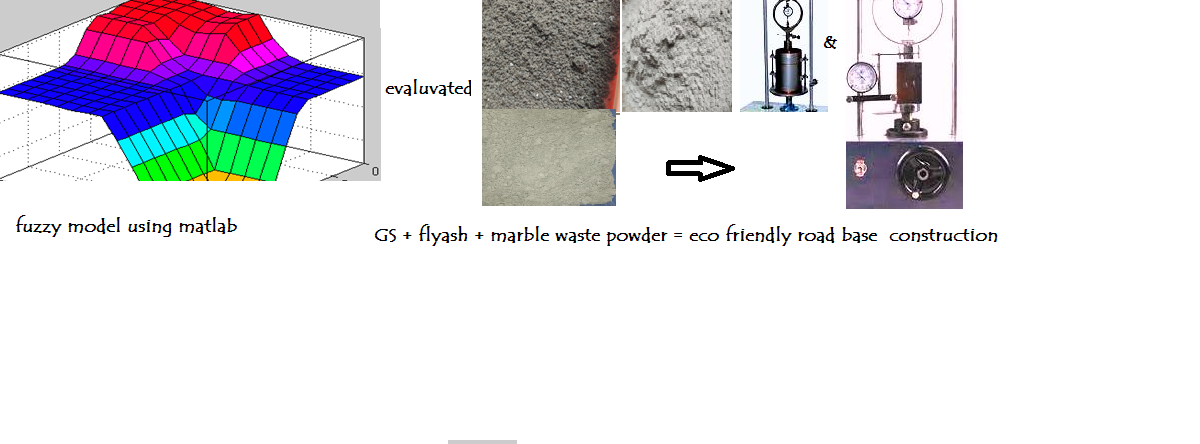- gnest_05601_published.pdf
-
Paper IDgnest_05601
-
Paper statusPublished

More than seventy percent of mineral gets wasted during mining and polishing processing, and all this dumped waste threatens the aquifer. Utilizing this waste in construction works helps to reduce the environmental effects. This research aims to protect the environment by implementing mineral waste collected from neyveli lignite fly ash with waste marble waste powder in road-base construction. Accessing the different required combinations of mineral admixtures through laboratory tests poses a challenge. This study identify a suitable combination of fly ash with waste marble powder for assessing the compaction properties and compressive strength for road base construction through fuzzy logic. A fuzzy model was created by using MATLAB software. It consists of two input and four output parameters, fly ash and marble waste powder are the input parameters with four different combinations, and the output factors are dry unit weight, water content, unconfined compressive strength and CBR. The fuzzy model was evaluated with laboratory test results. The study concluded that only a minimum percentage of deviations between the predicted strength and actual results from the laboratory. In future research, this study helps to reduce the time and cost of laboratory tests for different combinations.
Total file downloads: 15